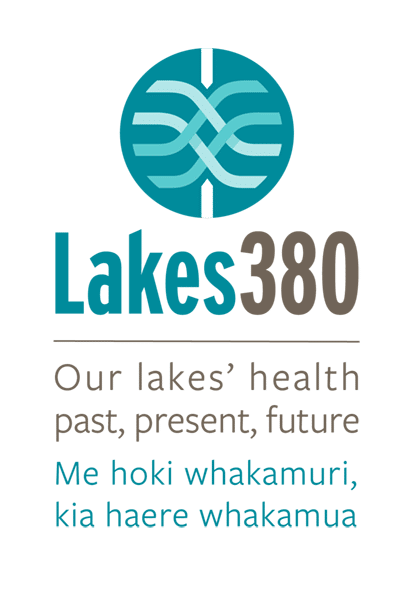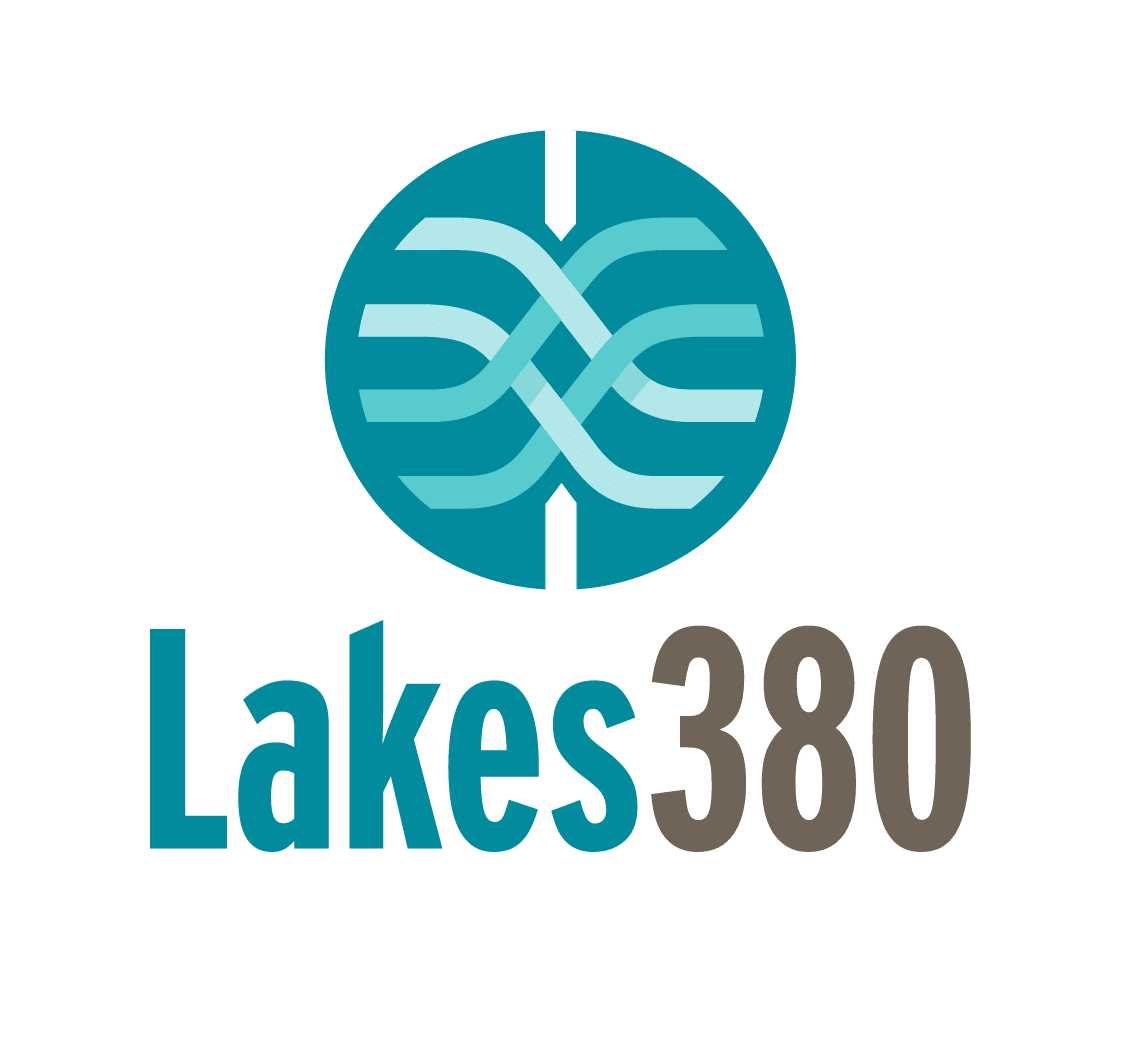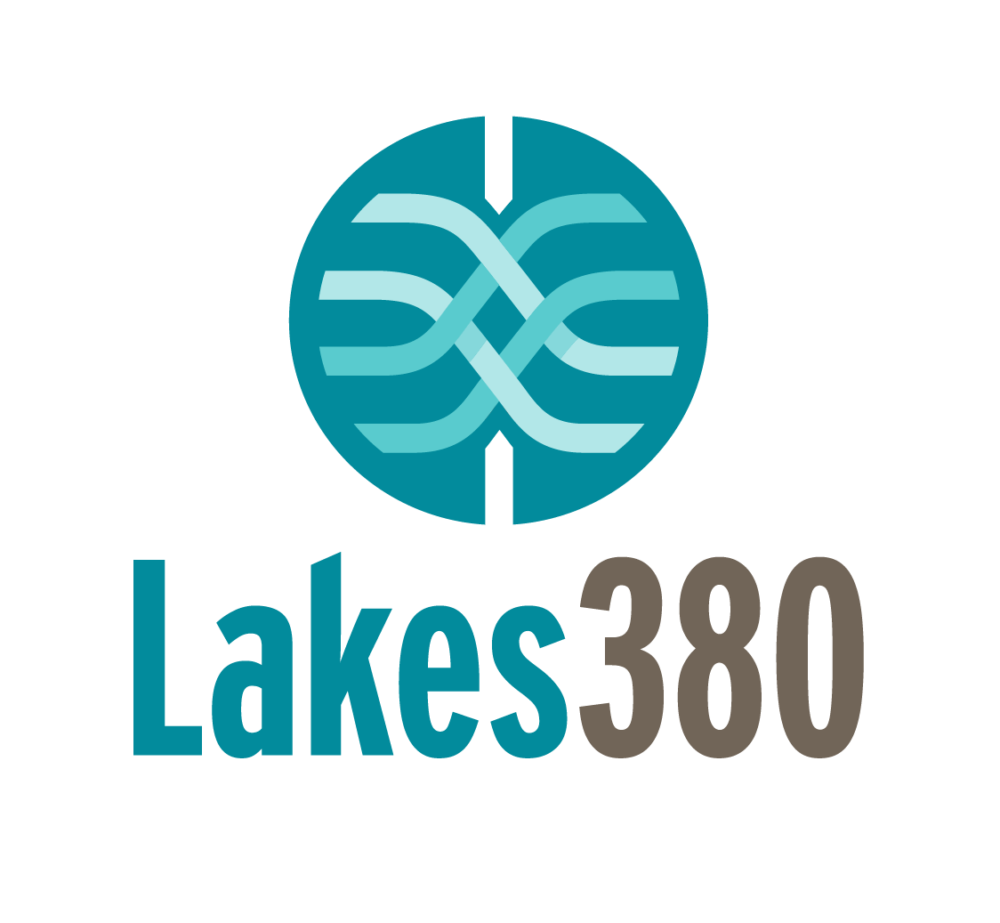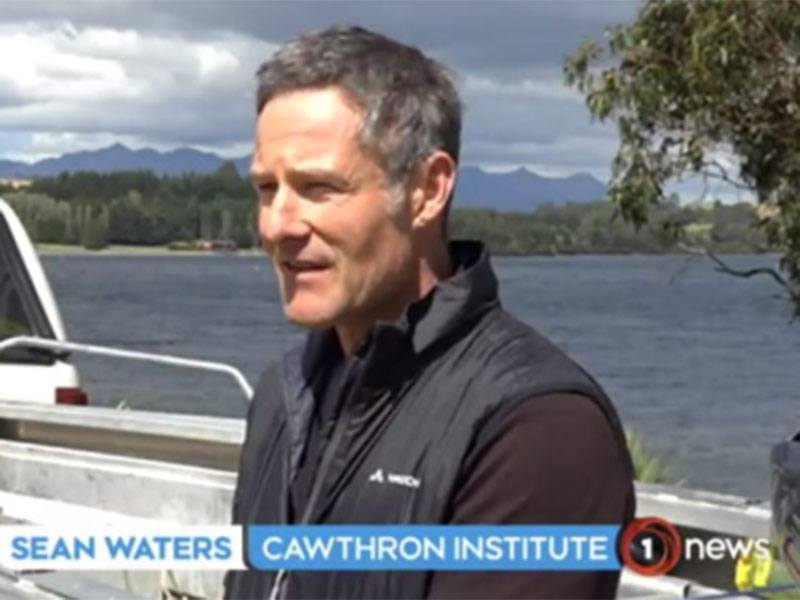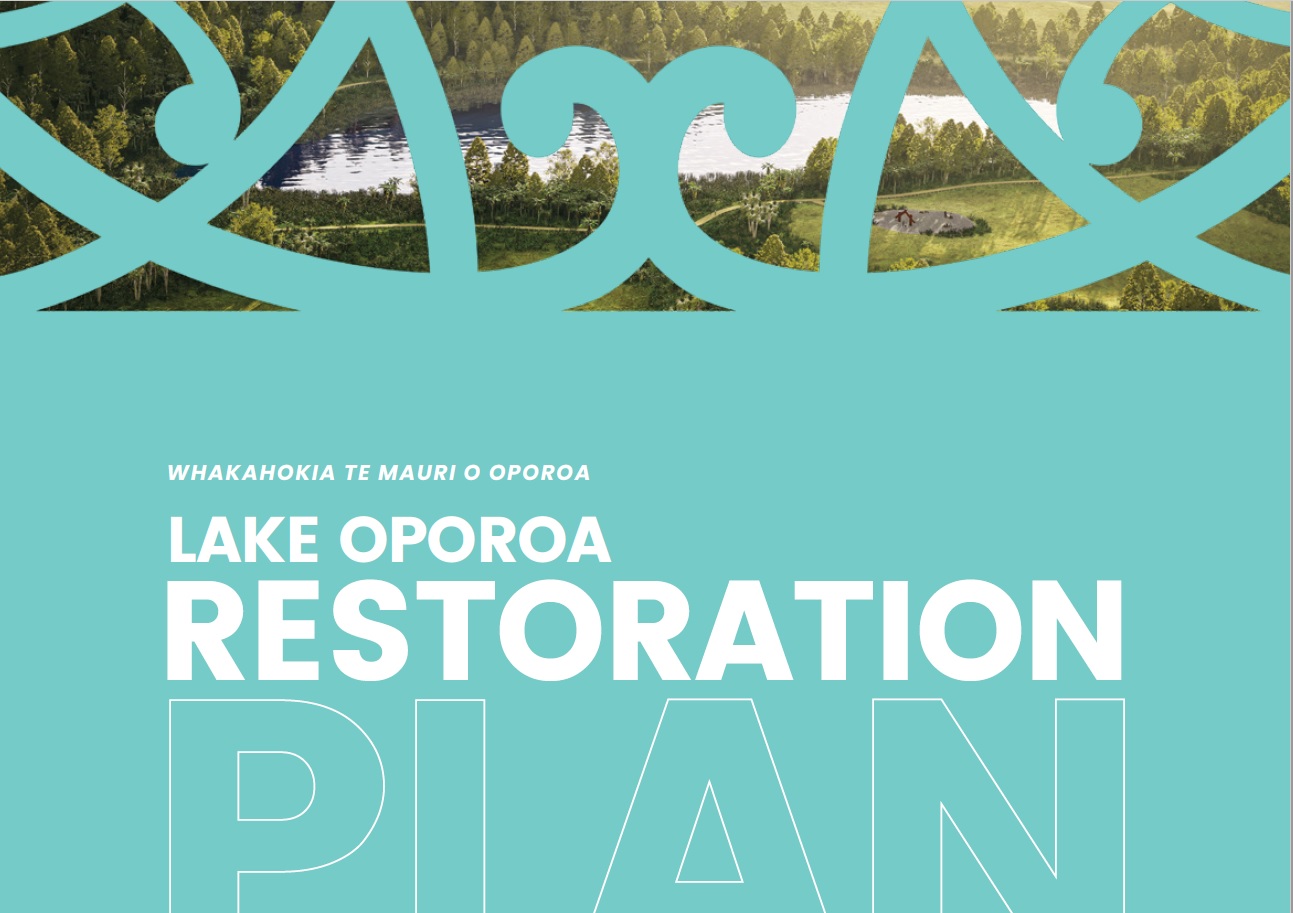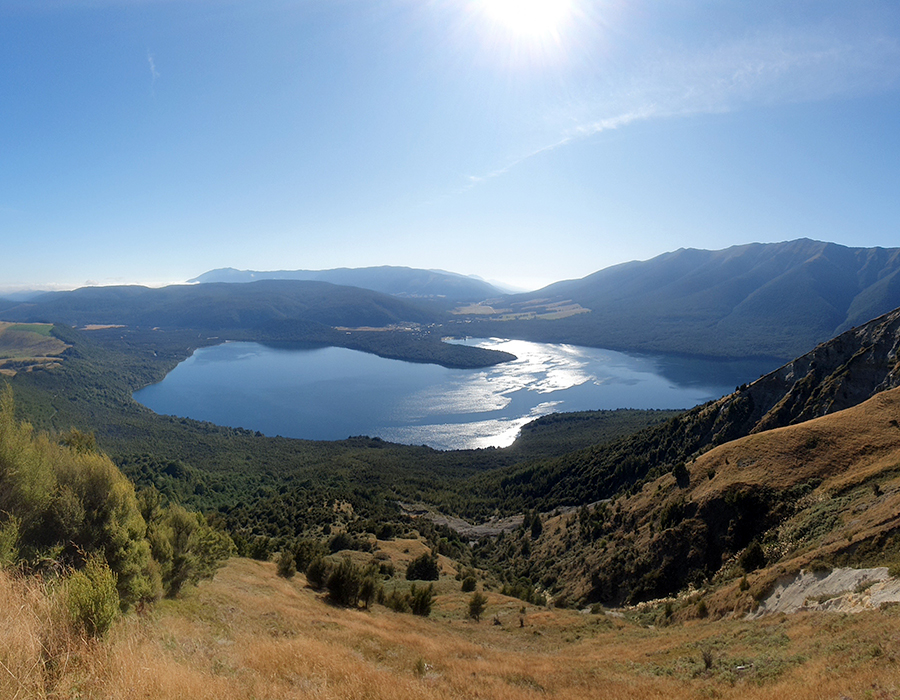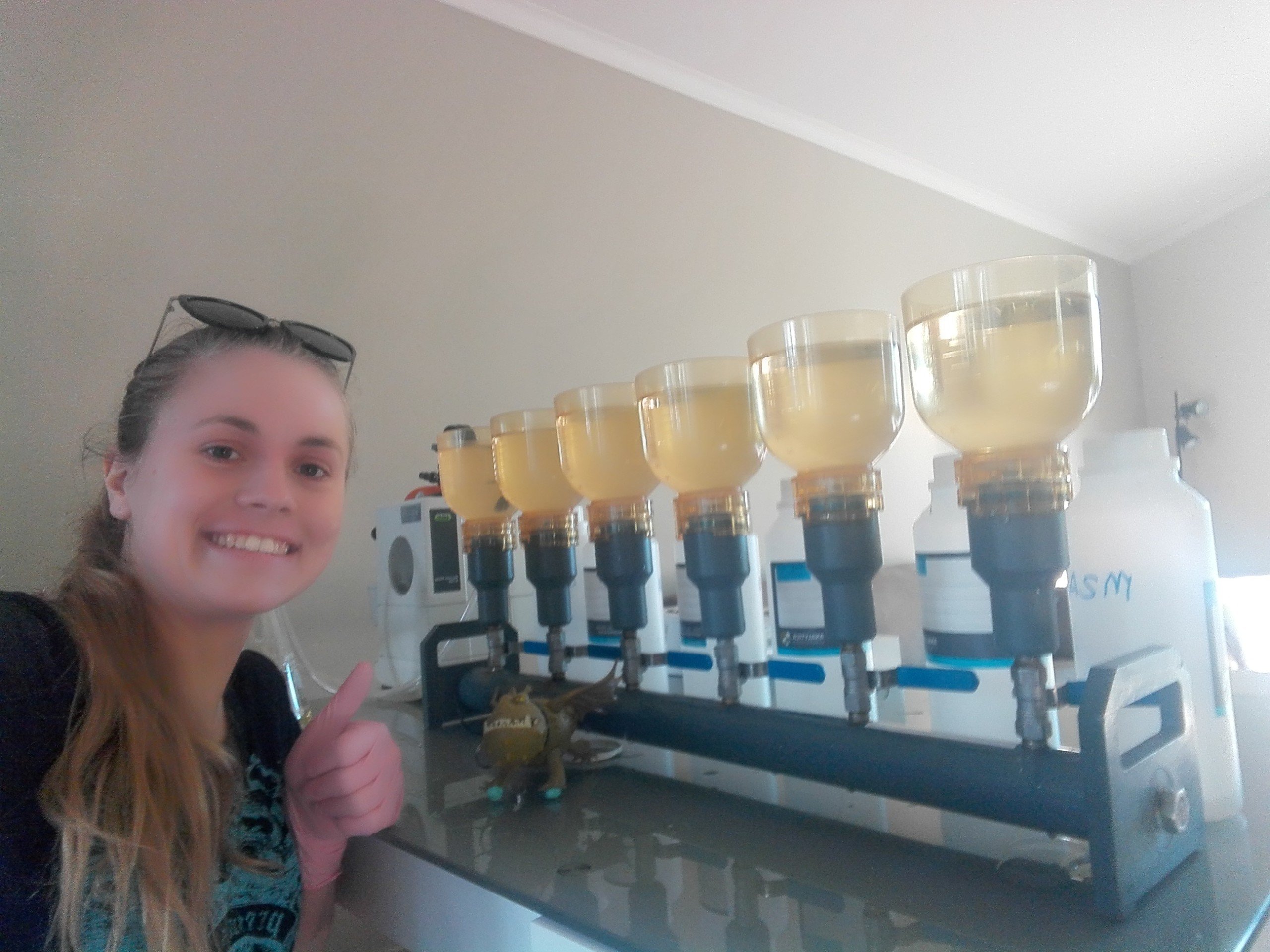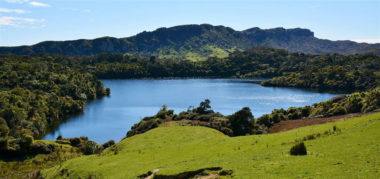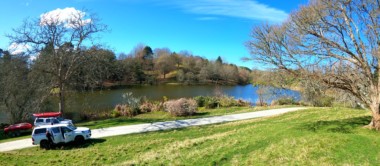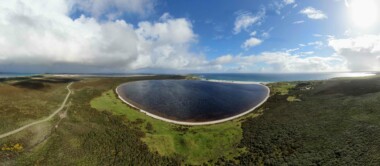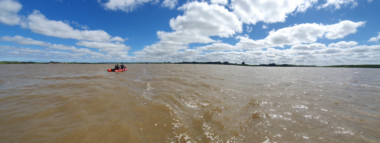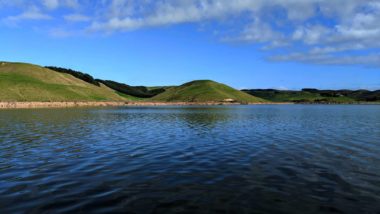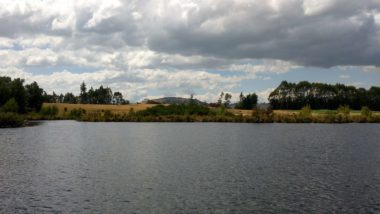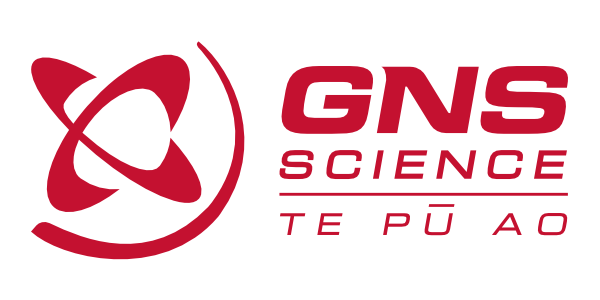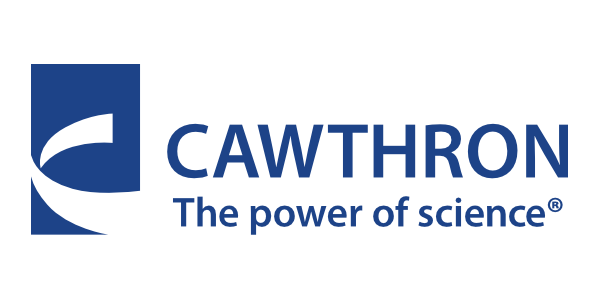JESS CARTWRIGHT, 1 NEWS REPORTER • SOURCE: 1 NEWS
What lies beneath New Zealand’s changing lakes?
That’s the questions scientists want to answer.
Scientists are in the middle of a huge health-check of our lakes. The project, led by GNS Science and the Cawthron Institute, is the first of its kind in New Zealand.
“The councils have monitoring programs in less than five per cent of New Zealand lakes,” said Sean Waters, lake scientist at the Cawthron Institute. “So getting a nationwide snapshot of water quality it pretty important for our understanding of our resources.”
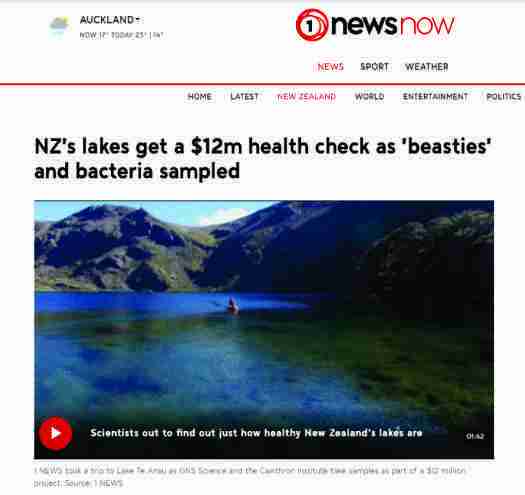
The $12 million project involves taking samples and analysing hundreds of lakes across the country. The fieldwork began last year and it is expected to take five years to complete.
“It provides a huge data set for things like regional councils, government, to understand the history of the lakes, their changes in water quality and a lot of that is key for management in the future,” said Marcus Vandergoes, paleoclimate scientist at GNS Science.
The main objective is checking on the health of our lakes, in order to be able to keep them in the best condition.
“To see what ‘beasties’ live in our lakes, and what bacteria affect water quality and whether we can use those to indicate water quality in lakes,” Mr Waters said.
Scientists from GNS Science and the Cawthron Institute are currently working in Southland. One of the devices they use is a water quality recorder which is plunged deep into the lake, measuring everything from temperature and water clarity, to PH and acidity levels.
“We all look at a lake and it just looks like a body of water but they’re all actually quite different,” Mr Waters said. “Whether they’re shallow or deep or cold or warm, they all have quite different structures.”
They’re also taking core samples to learn about each lake’s history. Each core sample is a natural archive providing information about a lakes environmental change through the years.
“The mud core represents sediment and mud coming into the lake laid down year by year by year,” Mr Vandergoes said. “It’s the equivalent of many tens of years or hundreds of years worth of time.”
To collect the sediment cores they use a gravity core system, which is lowered over the side of the boat to the bottom of the lake, hammered into the mud, collected in a large tube, then stabilized and sent back to the lab for analysis.
In the lab they’re using DNA testing and scanning technology to uncover details of the changing landscape.
“There’s all these tantalising questions you can ask just by looking at the colours and the changes,” said Andrew Rees, environmental science lecturer at Victoria University.”
Sixty lakes have been sampled so far, with the aim to analyse a total of 380 lakes.
